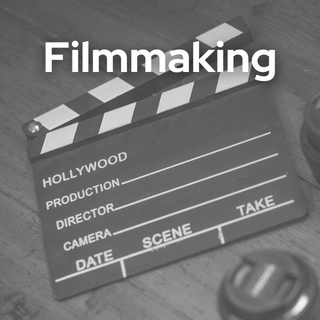NewTek TriCaster: Transport Your Show Anywhere in the World
NewTek by Rex Olson
NewTek’s Vice President of Media Production Rex Olson oversees the development and production of NewTek’s video content for all media. Prior to joining NewTek full-time, he operated his own production companies where he produced television programs, commercials and hundreds of videos and DVD titles.
In this interview, we ask Rex about the advantages producers can gain with TriCaster™ LiveSet™—our own virtual set technology—in multi-camera production, and the new possibilities they can consider with the added power of Holographic LiveSets.
Hey Rex! Tell us what NewTek’s LiveSet technology is all about.
LiveSet is what makes it possible for producers to create multi-layered virtual sets within TriCaster. It integrates all the keying and matte-generating technology right in the system, along with live source inputs, realistic lighting and reflections, and multiple angles to switch between. By including all that, it means you don’t need any external equipment in order to create your own, custom sets, and instead of constructing a physical studio, props and furniture, you use digital files, imagery and video sources. It’s hard to believe, but all you really need to appear in an entire professional studio is just a few square feet of green screen.
What makes it different from typical virtual sets and chroma keyers?
Because of the variety of angles, sources and layers you can composite in a single set, LiveSet gives producers many more creative options than typical virtual sets and keyers, which appear flat and unrealistic by comparison. A lot of other systems give you only one channel, or one angle, of a virtual set—you’d need to purchase more channels if you want a second or third angle. By contrast, every TriCaster model builds in multiple angles, so already you’ve doubled or tripled your possibilities without additional cost. And each angle you set up includes the capability to layer in several video sources. You can use live camera inputs covering all your on-screen talent, or you can use other video sources to feed on-screen digital signage or virtual monitors. These elements can be sized and positioned so you can create a photorealistic composition that places the video source anywhere on the set, layered in front of or behind other elements with surfaces that can actually reflect the sources and all their real-time movements, for a highly realistic, multi-dimensional feel. read more...











Leave a comment
Please note, comments must be approved before they are published
This site is protected by hCaptcha and the hCaptcha Privacy Policy and Terms of Service apply.